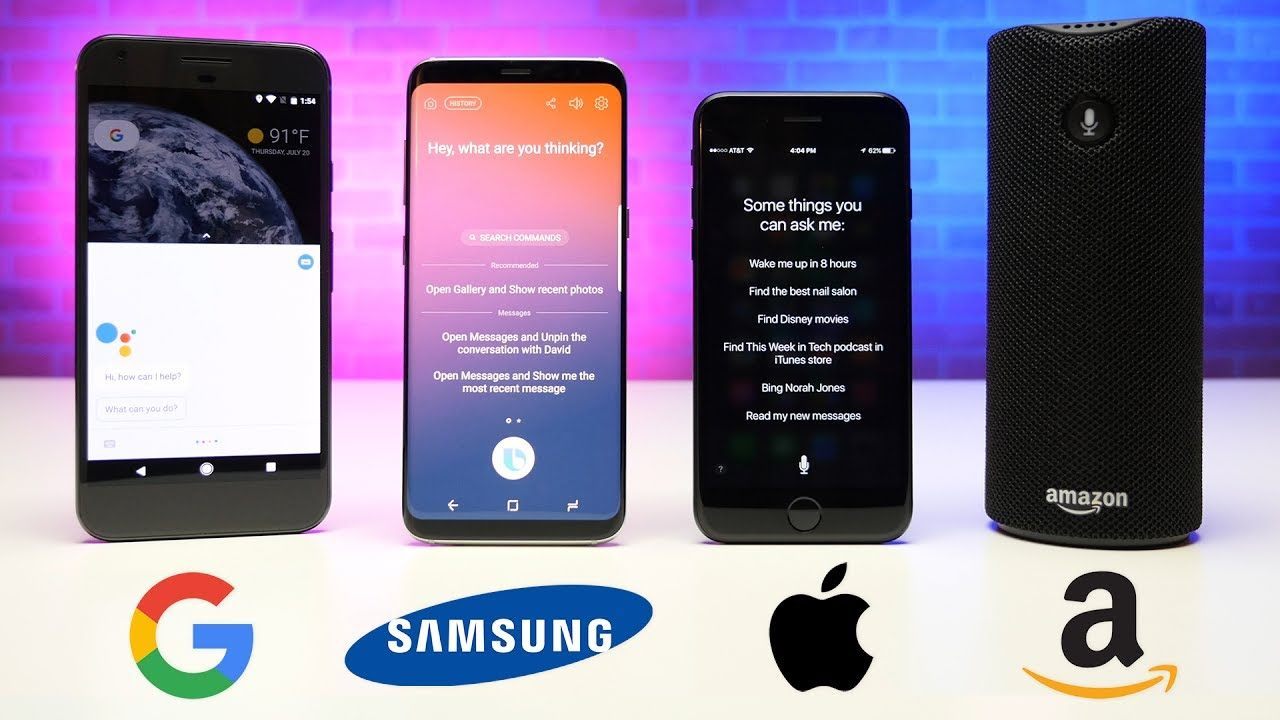Even the Lone Ranger didn’t do it alone.
Harvey MacKay
In business, there’s a good argument to be made that the most important capital is your social capital. In other words, your relationships with those around you hold quite a bit of value.
Below, we’ll review some ways to form positive relationships with those that you have connected with as a result of your business operations.
Clients and Customers
Where would your business be without these people? These are naturally some of the most important people to develop a relationship with, as they are ultimately the ones who decide whether your doors will remain open, or close forever. Therefore, you need to be sure that each of your clients is treated as more than just a faceless number in a group of potential paychecks, they need to see a more personal approach.
It doesn’t take much to accomplish this, either. With a bit of background information on the client – if they have kids, their favorite sports team, or another factoid – you can incorporate a more personal touch into a professional interaction.
You also should be sure to remain open and informative for your clients. It isn’t enough to just tell them how much of an expert you are, you need to act like one and provide them with some actionable value. By openly sharing your expertise, your clients will see that they can trust you and can come to you for assistance.
Finally, it is crucial that you also speak to them candidly, and with your own voice. Beating around the bush will frustrate more people than it impresses, and trying to sound like something you aren’t won’t have much better results. Be yourself – it is still a business relationship, after all, which makes authenticity the most valuable impression to make.
Vendors
Your vendors are another crucial component of your business – after all, you need to get the solutions you offer and key components of your services from somewhere. This is what makes it so important to develop some kind of relationship with these contacts that is based in trust and communication.
A good way to do this is to take the first steps and put yourself in your vendors’ shoes and ask yourself what you would look for in a client, and emulate those behaviors. By proactively planning ahead, keeping your lines of communication open, and settling your bill on time, you can prove yourself to be the kind of invested and engaged client that your vendors will want to continue doing business with.
In essence, the real key to developing a positive business relationship with your vendors is to remember that they are trying to run a business, too. Making it easier for them to operate will likely lead to them returning the favor as they deal with you.
Employees
Finally, we come to one of the most important relationships there is in the business world: that between an employer and their employee. You need to ensure that there is a sense among your entire team that you can be approached if there is ever an issue or concern.
Accomplishing this is just a matter of frequently initiating meetings with your team, both in a group setting and on a one-on-one basis. Don’t be afraid to incorporate the occasional company outing as a part of the workday, either – some time spent casually as a team can have the effect of increasing trust in one another, ultimately allowing everyone to work more cohesively as a unit.
Your business is largely driven by its relationships, so don’t let them go neglected. How have you cultivated professional relationships before? Share your experience in the comments!










